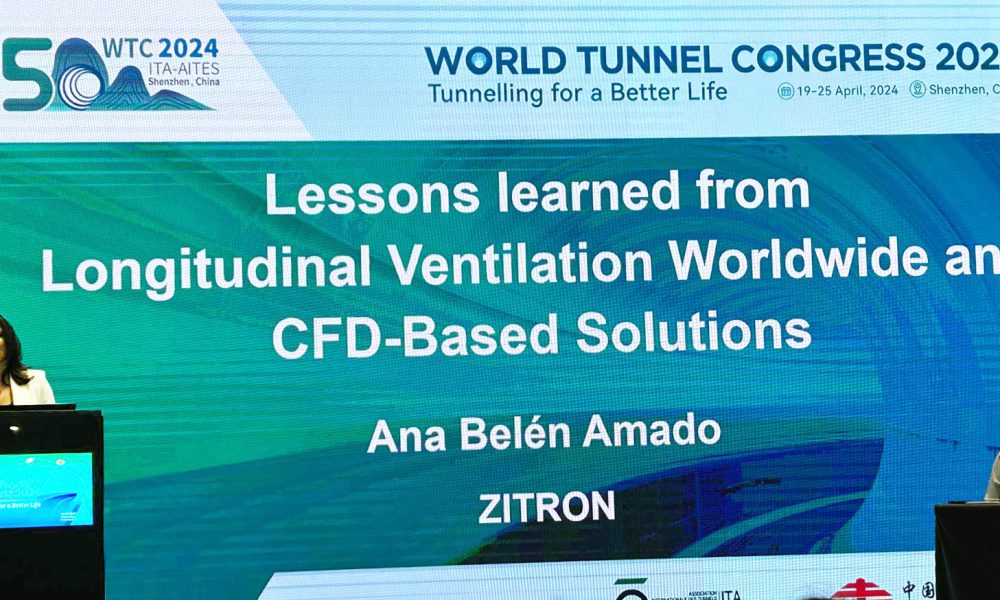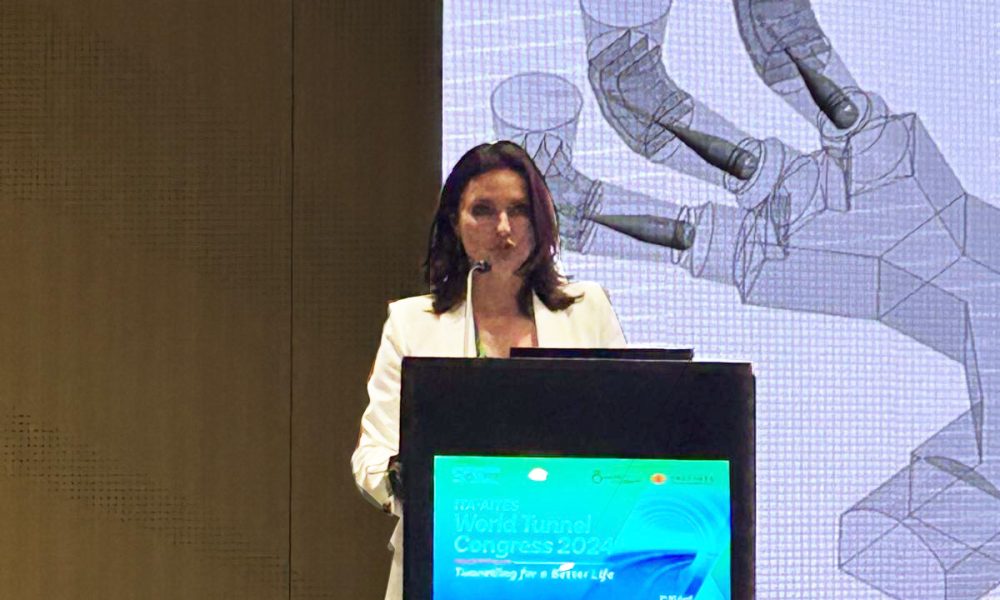Lessons Learned from Global Longitudinal Ventilation and CFD-Based Solutions


During the WTC 2024 (World Tunnel Congress) held in Shenzhen, China, ZITRON had the opportunity to present to a broad and specialized audience “Lessons Learned from Global Longitudinal Ventilation and CFD-Based Solutions”. This presentation offered a comprehensive analysis of the insights gained from our experiences and explored innovative solutions using Computational Fluid Dynamics (CFD) tools. Our aim was to share the knowledge accumulated over years of working on projects in various countries with the audience.
Longitudinal ventilation plays a critical role in ensuring the safe and efficient operation of tunnels. Throughout our journey, we have encountered and successfully overcome numerous challenges associated with longitudinal ventilation systems. During the presentation at the congress, we showcased a study conducted by ZITRON that addressed key issues that arose during the design and installation of different ventilation systems. Some of the examples presented were:
- Analysis of the optimal spacing between jet fans in tunnels with wide cross-sectional areas.
- Evaluation of the impact of placing information panels near jet fans, offering insights into mitigating potential issues.
- Presentation of the most suitable longitudinal distribution between fan banks to minimize electrical cable usage while maintaining effective ventilation.
Assessment of the feasibility of installing jet fans at tunnel portals, considering the trade-off between tunnel length, fan quantity, and overall ventilation performance. - Sharing the challenge posed by longitudinal ventilation in tunnels through the study of a tunnel in the Netherlands, which showcased successful solutions for improving airflow distribution and enhancing safety.
During our presentation, the effectiveness of CFD-based tools in optimizing longitudinal ventilation designs was highlighted, helping in the process of identifying the most suitable airflow distribution and validating the performance of ventilation systems.
The lessons learned from our extensive experience, combined with the capabilities of CFD tools, serve as a valuable resource for engineers, researchers, and professionals in the underground infrastructure sector.
If you want to learn more about these lessons learned, please to contact us.
